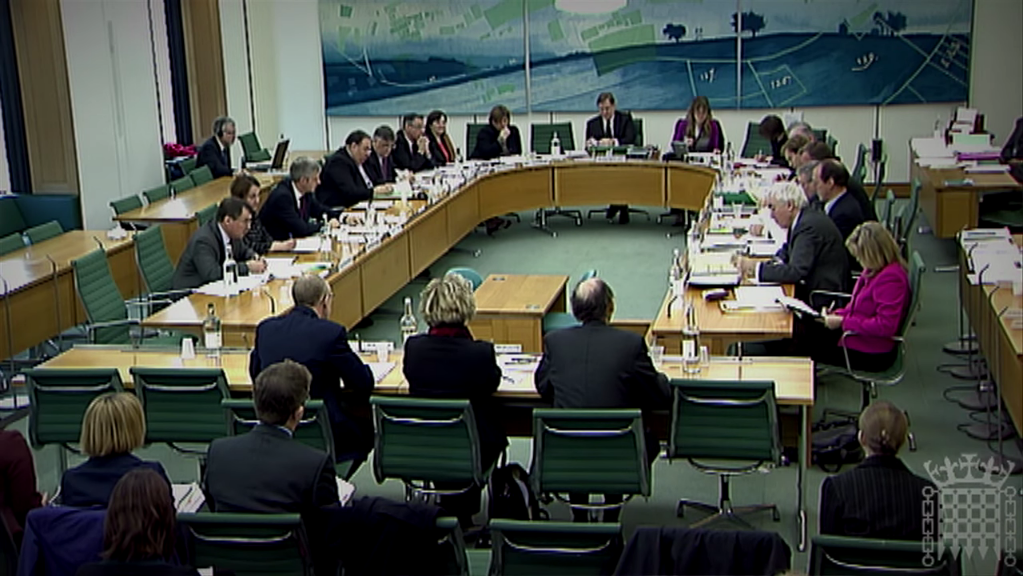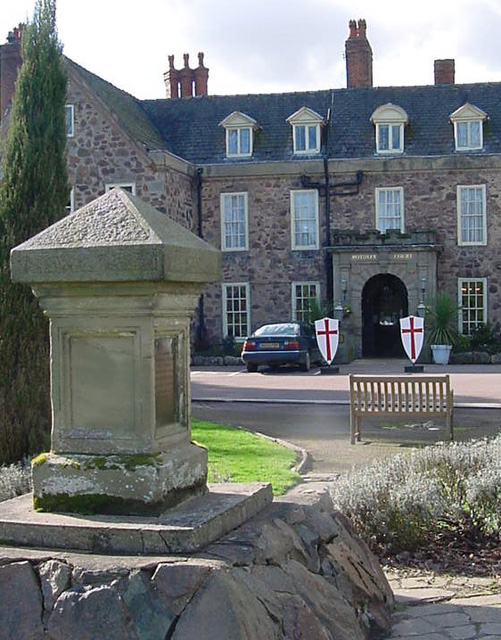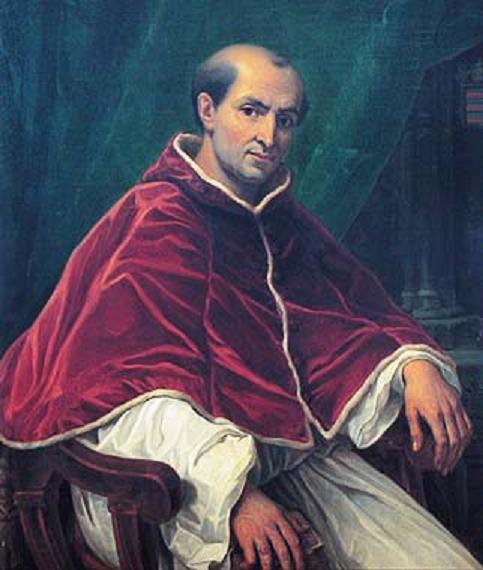|
Rothley, Leicestershire
Rothley ( ) is a village and civil parish within the Borough of Charnwood in Leicestershire, England. Situated around west of the River Soar and north of Leicester, it had a population of 3,612 inhabitants . The population measured at the 2011 census was 3,897. Rothley centres on two greens, Cross Green and the Town Green, both of which are accessed by a road that leads from the crossroads. The crossroads lies on the old route of the A6 road, which now bypasses the village. Rothley is one of Leicestershire's most affluent areas based on number of houses worth more than £1 million – especially in some streets such as The Ridgeway, identified in the ''Sunday Times'' as the most expensive place to live in the East Midlands. Most children of primary schooling age attend Rothley (Church of England) Primary School. The main shopping street in the village is Woodgate. Rothley has four churches, Rothley Baptist Church, the Methodist Church, Sacred Heart RC, and the main parish ch ... [...More Info...] [...Related Items...] OR: [Wikipedia] [Google] [Baidu] |
United Kingdom Census 2011
A Census in the United Kingdom, census of the population of the United Kingdom is taken every ten years. The 2011 census was held in all countries of the UK on 27 March 2011. It was the first UK census which could be completed online via the Internet. The Office for National Statistics (ONS) is responsible for the census in England and Wales, the General Register Office for Scotland (GROS) is responsible for the census in Scotland, and the Northern Ireland Statistics and Research Agency (NISRA) is responsible for the census in Northern Ireland. The Office for National Statistics is the executive office of the UK Statistics Authority, a non-ministerial department formed in 2008 and which reports directly to Parliament. ONS is the UK Government's single largest statistical producer of independent statistics on the UK's economy and society, used to assist the planning and allocation of resources, policy-making and decision-making. ONS designs, manages and runs the census in England an ... [...More Info...] [...Related Items...] OR: [Wikipedia] [Google] [Baidu] |
William The Conqueror
William I; ang, WillelmI (Bates ''William the Conqueror'' p. 33– 9 September 1087), usually known as William the Conqueror and sometimes William the Bastard, was the first House of Normandy, Norman List of English monarchs#House of Normandy, king of England, reigning from 1066 until his death in 1087. A descendant of Rollo, he was Duke of Normandy from 1035 onward. By 1060, following a long struggle to establish his throne, his hold on Normandy was secure. In 1066, following the death of Edward the Confessor, William invaded England, leading an army of Normans to victory over the Anglo-Saxons, Anglo-Saxon forces of Harold Godwinson at the Battle of Hastings, and suppressed subsequent English revolts in what has become known as the Norman Conquest. The rest of his life was marked by struggles to consolidate his hold over England and his continental lands, and by difficulties with his eldest son, Robert Curthose. William was the son of the unmarried Duke Robert I of Normandy ... [...More Info...] [...Related Items...] OR: [Wikipedia] [Google] [Baidu] |
Zachary Macaulay
Zachary Macaulay ( gd, Sgàire MacAmhlaoibh; 2 May 1768 – 13 May 1838) was a Scottish statistician and abolitionist who was a founder of London University and of the Society for the Suppression of Vice, and a Governor of British Sierra Leone. Early life Macaulay was born in Inveraray, Scotland, to Margaret Campbell and John Macaulay (1720 – 1789), who was a minister of the Church of Scotland and a grandson of Dòmhnall Cam. He had two brothers: Aulay Macaulay, who was an antiquary, and Colin Macaulay, who was a general and an abolitionist. Zachary Macaulay was not educated in, but taught himself, Greek and Latin and English literature. Career Macaulay worked in a merchant's office in Glasgow, where he fell into bad company and began to indulge in excessive drinking. In late 1784, when aged 16 years, he emigrated to Jamaica, where he worked as an assistant manager at a sugar plantation, at which he objected to slavery as a consequence of which he, contrary to the preference ... [...More Info...] [...Related Items...] OR: [Wikipedia] [Google] [Baidu] |
Select Committee (United Kingdom)
In British politics, parliamentary select committees can be appointed from the House of Commons, like the Foreign Affairs Select Committee; from the House of Lords, like the Delegated Powers and Regulatory Reform Committee; or as a joint committee of Parliament drawn from both, such as the Joint Committee on Human Rights. Committees may exist as "sessional" committees – i.e. be near-permanent – or as "ad-hoc" committees with a specific deadline by which to complete their work, after which they cease to exist, such as the Lords Committee on Public Service and Demographic Change. The Commons select committees are generally responsible for overseeing the work of government departments and agencies, whereas those of the Lords look at general issues, such as the constitution, considered by the Constitution Committee, or the economy, considered by the Economic Affairs Committee. Both houses have their own committees to review drafts of European Union directives: the Eur ... [...More Info...] [...Related Items...] OR: [Wikipedia] [Google] [Baidu] |
History Of Slavery
The history of slavery spans many cultures, nationalities, and religions from ancient times to the present day. Likewise, its victims have come from many different ethnicities and religious groups. The social, economic, and legal positions of enslaved people have differed vastly in different systems of slavery in different times and places. Slavery has been found in some hunter-gatherer populations, particularly as hereditary slavery, but the conditions of agriculture with increasing social and economic complexity offer greater opportunity for mass chattel slavery. Slavery was already institutionalized by the time the first civilizations emerged (such as Sumer in Mesopotamia, which dates back as far as 3500 BC). Slavery features in the Mesopotamian ''Code of Hammurabi'' (c. 1750 BC), which refers to it as an established institution. Slavery was widespread in the ancient world in Europe, Asia, Middle East, and Africa. It became less common throughout Europe during the Early Middl ... [...More Info...] [...Related Items...] OR: [Wikipedia] [Google] [Baidu] |
William Wilberforce
William Wilberforce (24 August 175929 July 1833) was a British politician, philanthropist and leader of the movement to abolish the slave trade. A native of Kingston upon Hull, Yorkshire, he began his political career in 1780, eventually becoming an independent Member of Parliament (MP) for Yorkshire (1784–1812). In 1785, he became an evangelical Christian, which resulted in major changes to his lifestyle and a lifelong concern for reform. In 1787, Wilberforce came into contact with Thomas Clarkson and a group of activists against the slave trade, including Granville Sharp, Hannah More and Charles Middleton. They persuaded Wilberforce to take on the cause of abolition, and he soon became the leading English abolitionist. He headed the parliamentary campaign against the British Slave Trade for 20 years until the passage of the Slave Trade Act of 1807. Wilberforce was convinced of the importance of religion, morality and education. He championed causes and campaigns such as t ... [...More Info...] [...Related Items...] OR: [Wikipedia] [Google] [Baidu] |
St John's College, Cambridge
St John's College is a Colleges of the University of Cambridge, constituent college of the University of Cambridge founded by the House of Tudor, Tudor matriarch Lady Margaret Beaufort. In constitutional terms, the college is a charitable corporation established by a charter dated 9 April 1511. The full, formal name of the college is the College of St John the Evangelist in the University of Cambridge. The aims of the college, as specified by its statutes, are the promotion of education, religion, learning and research. It is one of the larger Oxbridge colleges in terms of student numbers. For 2022, St John's was ranked 6th of 29 colleges in the Tompkins Table (the annual league table of Cambridge colleges) with over 35 per cent of its students earning British undergraduate degree classification#Degree classification, first-class honours. College alumni include the winners of twelve Nobel Prizes, seven prime ministers and twelve archbishops of various countries, at least two pri ... [...More Info...] [...Related Items...] OR: [Wikipedia] [Google] [Baidu] |
Thomas Babington
Thomas Babington of Rothley Temple (; 18 December 1758 – 21 November 1837) was an English philanthropist and politician. He was a member of the Clapham Sect, alongside more famous abolitionists such as William Wilberforce and Hannah More. An active anti-slavery campaigner, he had reservations about the participation of women associations in the movement. Early life and education He was the eldest son of Thomas Babington of Rothley Temple, Leicestershire, from whom he inherited Rothley and other land in Leicestershire in 1776. He was part of the Babington family. He was educated at Rugby School and St John's College, Cambridge where he met William Wilberforce and other prominent anti-slavery agitators. Anti-slavery and philanthropy Babington was an evangelical Christian of independent means who devoted himself to a number of good causes. His home at Rothley Temple was regularly used by Wilberforce and associates for abolitionist meetings, and it was where the bill to abolish ... [...More Info...] [...Related Items...] OR: [Wikipedia] [Google] [Baidu] |
Rothley Court
Rothley Court is a country house at Rothley in Leicestershire, England. It was mentioned in the Domesday Book and later, as Rothley Temple, associated with the Knights Templar. At the Dissolution it became a private house and the seat of the Babington family; Thomas Babington Macaulay was born there in 1800. It now functions as the Rothley Court Hotel. The preceptory's chapel and part of the domestic buildings still exist. Rothley Court incorporates part of the preceptory that was converted for residential use in the 16th century. Much of what can be seen today is from substantial renovation and extension works conducted by John Ely of Manchester, between 1894 and 1895. In 1951, Rothley Court and chapel were protected as Grade I listed buildings. In 1988 Mike Gatting was sacked as England cricket captain after an alleged off-field indiscretion with a barmaid at the hotel. See also *Rothley Temple Rothley Temple, or more correctly Rothley Preceptory, (pronounced ''Rowth-Ley'') ... [...More Info...] [...Related Items...] OR: [Wikipedia] [Google] [Baidu] |
Rothley Temple
Rothley Temple, or more correctly Rothley Preceptory, (pronounced ''Rowth-Ley'') was a preceptory (a religious establishment operated by certain orders of monastic knights) in the village of Rothley, Leicestershire, England, associated with both the Knights Templar and the Knights Hospitaller. The preceptory's chapel, constructed by the Knights Templar, is currently part of the Rothley Court Hotel. History Foundation Rothley Preceptory was established around the year 1231; however, records show "The Poor Fellow-Soldiers of Christ and of the Temple of Solomon" (more commonly known as the Knights Templar) owned land at Rothley as early as the reign of King John (1199–1216). On the establishment of the preceptory King Henry III granted the Knights Templar the manor and church at Rothley. The preceptory would come to own land in 13 neighbouring villages, including granges used for farming at Baggrave (near Hungarton) and Gaddesby. The knights of the preceptory also owned the Man ... [...More Info...] [...Related Items...] OR: [Wikipedia] [Google] [Baidu] |
Knights Templar
, colors = White mantle with a red cross , colors_label = Attire , march = , mascot = Two knights riding a single horse , equipment = , equipment_label = , battles = The Crusades, including: , anniversaries = , decorations = , battle_honours = , commander1 = Hugues de Payens , commander1_label = First Grand Master , commander2 = Jacques de Molay , commander2_label = Last Grand Master , commander3 = , commander3_label = , notable_commanders = The Poor Fellow-Soldiers of Christ and of the Temple of Solomon ( la, Pauperes commilitones Christi Templique Salomonici), also known as the Order of Solomon's Temple, the Knights Templar, or simply the Templars, was ... [...More Info...] [...Related Items...] OR: [Wikipedia] [Google] [Baidu] |
Old English
Old English (, ), or Anglo-Saxon, is the earliest recorded form of the English language, spoken in England and southern and eastern Scotland in the early Middle Ages. It was brought to Great Britain by Anglo-Saxon settlement of Britain, Anglo-Saxon settlers in the mid-5th century, and the first Old English literature, Old English literary works date from the mid-7th century. After the Norman conquest of 1066, English was replaced, for a time, by Anglo-Norman language, Anglo-Norman (a langues d'oïl, relative of French) as the language of the upper classes. This is regarded as marking the end of the Old English era, since during this period the English language was heavily influenced by Anglo-Norman, developing into a phase known now as Middle English in England and Early Scots in Scotland. Old English developed from a set of Anglo-Frisian languages, Anglo-Frisian or Ingvaeonic dialects originally spoken by Germanic peoples, Germanic tribes traditionally known as the Angles, Sa ... [...More Info...] [...Related Items...] OR: [Wikipedia] [Google] [Baidu] |






.jpg)


